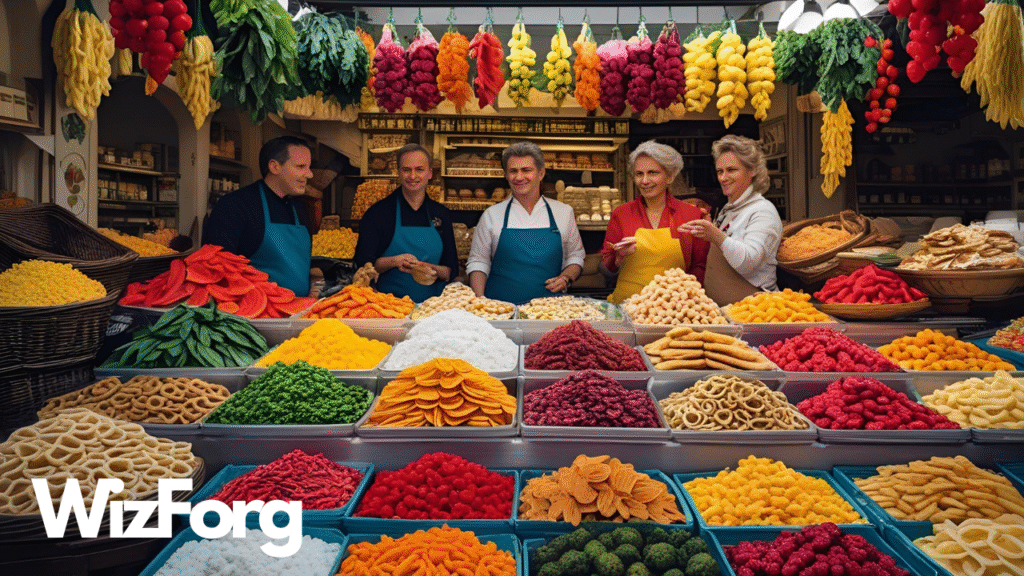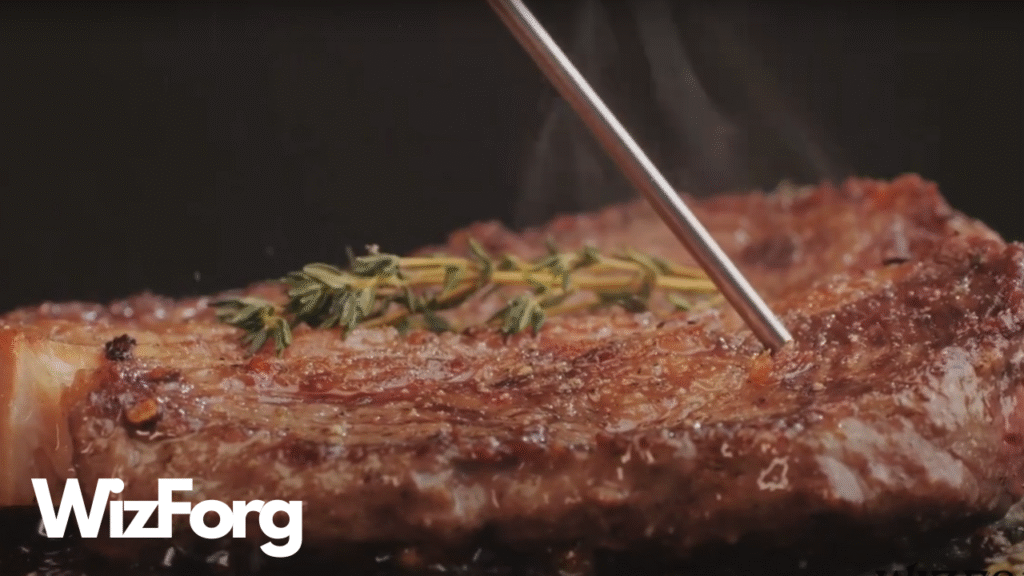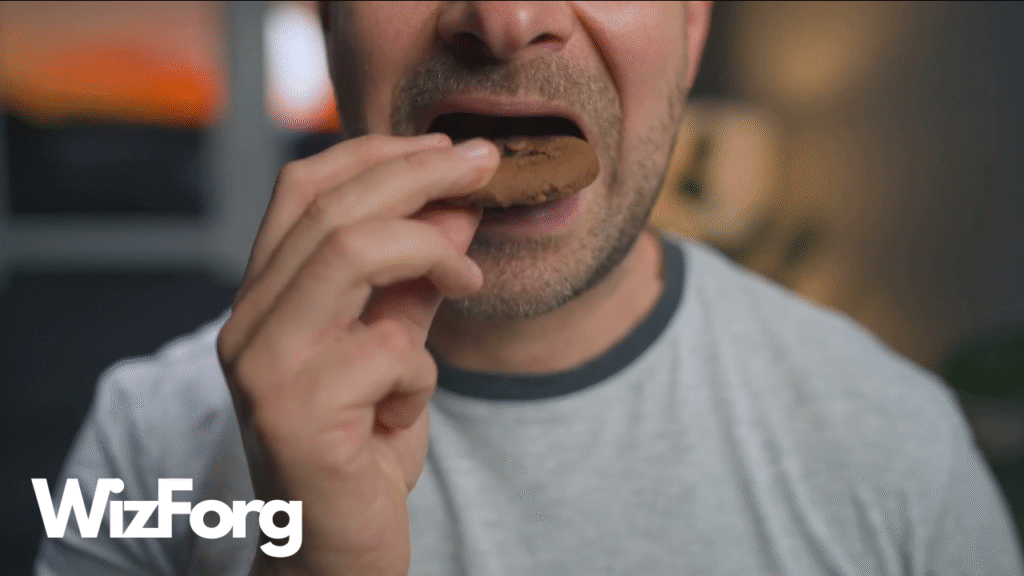Italy has long celebrated cuisine that emphasizes natural, high-quality ingredients. So it causes a surprise when Americans pack brightly colored candies and snacks made with artificial food dyes that Italian customs officials sometimes confiscate at the border. Here’s the real story behind Italy’s crackdown on dyed American snacks.
A Clash of Food Ideas
American-style snack foods often contain artificial colorings like Red 40, Yellow 5, and Blue 1 to make them visually appealing. These are perfectly legal in the U.S., where the FDA regulates and approves them. The FDA’s approval is based on extensive safety assessments. Still, it’s important to note that the standards and regulations of the FDA may differ from those of other countries, such as Italy.
Italy, however, takes a more cautious stance. The country (along with the broader EU) restricts or outright bans several artificial dyes linked to health concerns. This proactive approach, driven by European consumers’ long-standing complaints about food dye sensitivities, especially in children, reassures us that our snacks are carefully reviewed and limited to ensure our health and well-being.
Kids, Behavior, and Health Concerns
A landmark 2007 study in the UK linked artificial food dyes to increased hyperactivity in children. These dyes have also been associated with other health issues, such as allergies, asthma, and even cancer. As a result, the EU required warning labels on products containing certain colors. Some nations went even further and banned those dyes outright in everyday treats. Italy, increasingly wary of these health risks, moved in that direction, questioning the use of color additives in allowable food imports.
When American Snacks Arrive in Italy
When travelers bring colored candy or bakery mixes through Italian customs, they play a crucial role in promoting food safety. Their vigilance in checking ingredient lists and choosing snacks without banned dyes helps prevent these products from reaching the market, thereby protecting consumers from potential health risks.
This isn’t about xenophobia or targeting U.S. goods. It’s about enforcing Italy’s food safety standards over imported products.
Alternatives and Tricks
Some travelers avoid issues by sticking to snacks with natural colorings like beetroot red or turmeric yellow. These natural colorings not only provide vibrant hues but also offer health benefits. Alternatively, choosing transparent, dye-free treats is another way to enjoy snacks without the risk of confiscation. Italian residents also avoid these dyes at home, favoring traditional baked goods made without artificial additives. Local stores often carry filtered foreign snacks labeled “colorant-free” for sensitive consumers.
What This Means for Snack Lovers
Italy may not be your playground if you love bright, candy-colored snacks. Whether traveling or shopping abroad, check ingredient lists for banned dyes. And if your snacks get taken at customs, that’s likely why.
Love uncovering hidden food rules and culinary surprises around the world?
Discover more on Wizforg, where we break down food culture, strange bans, and global eating habits.
Have you ever had food confiscated abroad?
Share your story in the comments, and don’t forget to like, share, and subscribe!



